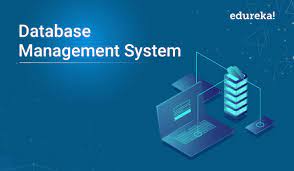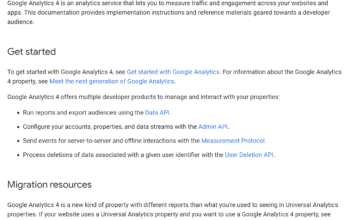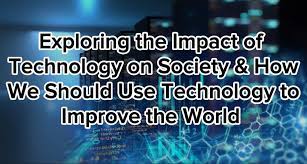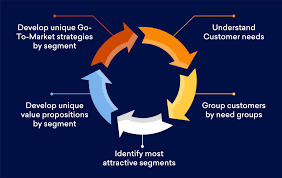Contents
The Ultimate Guide to Database Management: Methods, Advantages, Disadvantages, and Costs Explained with Examples
Learn all about database management, including its methods, advantages, disadvantages, and overall costs, through this comprehensive guide complete with examples.
Introduction:
In today’s digital age, businesses and organizations rely heavily on data to make informed decisions, improve operations, and deliver excellent customer experiences. However, managing large volumes of data 디비삽니다 can be a daunting task, especially when there are many different types of data to manage, such as customer data, financial data, and sales data, to name a few. This is where database management comes in. In this article, we will explain the database management method, advantages, disadvantages, and overall costs, with examples to help you better understand this crucial aspect of modern-day business.
Database Management Method Explained
At its core, database management involves organizing and storing data in a way that is accessible and easy to manage. There are two primary methods of database management: relational and non-relational.
H2: Relational Database Management Method
A relational database management system (RDBMS) is the most widely used database management method. In this method, data is organized into tables that are related to one another based on specific criteria. The tables are then linked together through a common key field, such as a customer ID or product code. This method provides a structured approach to data management and is ideal for managing data that is related to one another.
Advantages:
- Easy to use and understand
- Provides a clear structure for data management
- Allows for efficient querying and reporting
- Ideal for complex data sets
Disadvantages:
- May not be suitable for managing large volumes of data
- Can be complex to set up and maintain
- Limited flexibility in terms of data types and relationships
Example: A customer relationship management (CRM) system is an example of a relational database management system. A CRM system allows businesses to store customer data, such as contact information, purchase history, and customer interactions, in a structured way, making it easy to analyze and use to improve customer relationships.
Non-Relational Database Management Method
A non-relational database management system (NRDBMS), also known as NoSQL, is a database management method that is designed to handle unstructured and semi-structured data. This method is highly scalable and provides a more flexible approach to data management than the relational method.
Advantages:
- Ideal for managing large volumes of unstructured and semi-structured data
- Provides greater flexibility in terms of data types and relationships
- Highly scalable and can handle large amounts of data
Disadvantages:
- May not be suitable for managing structured data
- Can be more difficult to query and report on than a relational database
- May require more specialized knowledge to set up and maintain
Example: A social media platform is an example of a non-relational database management system. Social media platforms like Twitter and Facebook handle vast amounts of unstructured data, such as user posts, comments, and likes, making a non-relational database management method ideal for this use case.
Advantages of Database Management
There are many advantages to using a database management system to store and manage data, including:
Improved Data Quality and Accuracy
A database management system ensures that data is accurate and up-to-date, reducing the risk of errors or inconsistencies.
Example: A retailer can use a database management system to store and manage inventory data. This ensures that the inventory levels are accurate, reducing the risk of overstocking or understocking products.
Efficient Data Retrieval
With a database management system, data can be retrieved quickly and efficiently, making it easier to access the information needed



